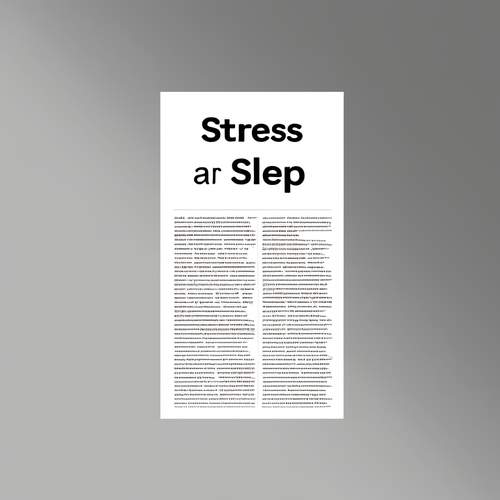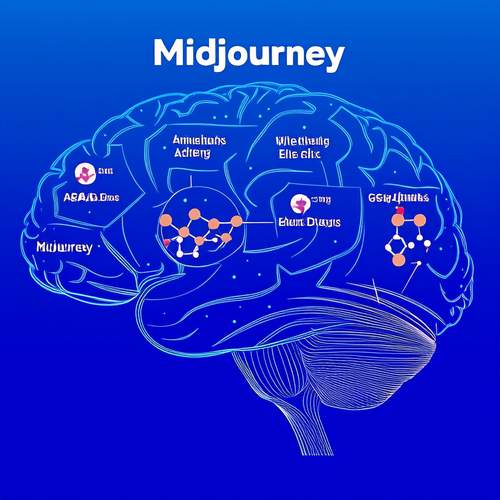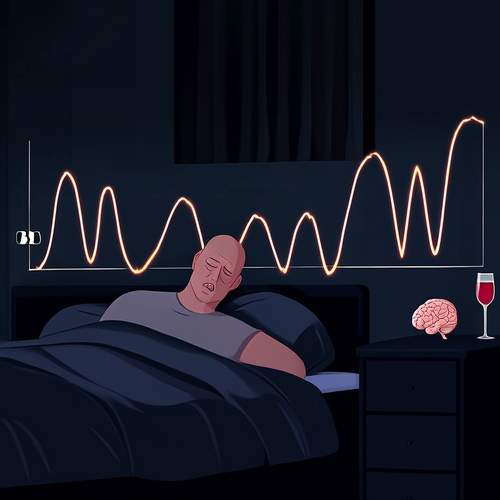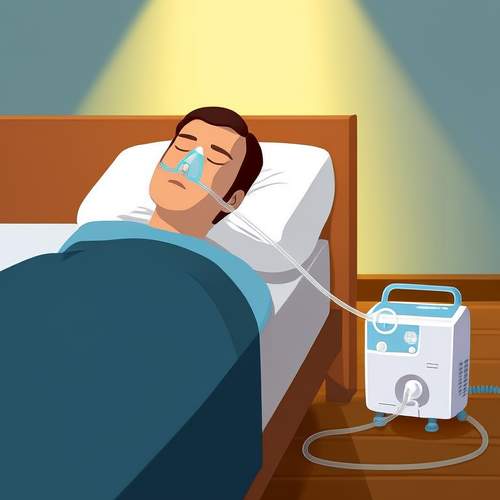The concept of caffeine half-life is one that intrigues both scientists and coffee enthusiasts alike. Unlike many other compounds, caffeine doesn’t affect everyone uniformly. Its duration in the body varies significantly from person to person, influenced by factors such as genetics, age, liver function, and even lifestyle habits. Understanding how long caffeine lingers in your system can help you make informed decisions about consumption, especially if you’re sensitive to its effects or concerned about sleep disruption.
What Exactly Is Caffeine Half-Life? In pharmacological terms, half-life refers to the time it takes for the concentration of a substance in the body to reduce by half. For caffeine, the average half-life in a healthy adult is approximately five hours. This means if you consume a cup of coffee containing 100 mg of caffeine, after five hours, about 50 mg will still be active in your bloodstream. However, this is merely an average—individual experiences can differ widely.
Several factors contribute to these variations. One of the most significant is genetics. The enzyme primarily responsible for metabolizing caffeine, cytochrome P450 1A2 (CYP1A2), is produced differently depending on your genetic makeup. Some people possess a highly efficient version of this enzyme, breaking down caffeine rapidly, while others process it much more slowly. This genetic divergence explains why one person can drink an espresso after dinner and sleep soundly, while another might lie awake for hours.
Age also plays a crucial role. As we grow older, our metabolic rate slows down, and this includes the processing of caffeine. Studies have shown that the half-life of caffeine in older adults can extend to as much as nine hours, compared to younger individuals who may clear it in three to four. This is why many older adults find that even morning coffee can interfere with their sleep if consumed too late in the day.
Liver health is another critical factor. Since caffeine is metabolized in the liver, conditions such as cirrhosis or fatty liver disease can significantly prolong its half-life. Even common medications—like oral contraceptives or certain antidepressants—can inhibit CYP1A2 activity, leading to slower caffeine breakdown. Smokers, on the other hand, tend to metabolize caffeine faster due to the induction of liver enzymes caused by tobacco smoke.
The Impact of Pregnancy Pregnant women experience a dramatic increase in caffeine half-life, particularly during the third trimester. Research indicates that caffeine’s half-life can double or even triple during pregnancy, sometimes stretching to 15 hours or more. This prolonged presence is due to hormonal changes that suppress CYP1A2 activity. For expectant mothers, this means caffeine stays in their system much longer, potentially increasing exposure to the fetus and raising concerns about excessive intake.
Interestingly, habitual caffeine consumption doesn’t drastically alter its half-life, but it can influence tolerance. Regular coffee drinkers may not feel the effects as strongly, not because caffeine leaves their system faster, but because their adenosine receptors have adapted to its presence. This adaptation explains why some people need increasingly larger doses to achieve the same alertness—a phenomenon often mistaken for faster metabolism.
How does caffeine half-life affect sleep? Given that caffeine blocks adenosine receptors, which promote sleepiness, its lingering presence can disrupt sleep cycles. Even if you fall asleep without issue, the remaining caffeine in your system can reduce deep sleep and overall sleep quality. Experts generally recommend avoiding caffeine at least six hours before bedtime, though for slow metabolizers, this window may need to be extended.
For those looking to minimize caffeine’s impact, hydration can help. While water intake doesn’t speed up metabolism directly, it aids kidney function, allowing for more efficient excretion of caffeine byproducts. Exercise, too, may slightly accelerate caffeine clearance by increasing blood flow and metabolic activity. However, these methods are marginal compared to the dominant factors of genetics and liver function.
In conclusion, caffeine half-life is far from a one-size-fits-all metric. Whether you’re a fast metabolizer enjoying late-night coffee without consequences or someone who feels jittery for hours after a single cup, understanding your body’s response can help tailor consumption for optimal energy and rest. Paying attention to timing, personal sensitivity, and external factors like medication can make all the difference in harnessing caffeine’s benefits without the drawbacks.

By /May 22, 2025

By /May 22, 2025

By /May 22, 2025

By /May 22, 2025

By /May 22, 2025

By /May 22, 2025

By /May 22, 2025

By /May 21, 2025

By /May 21, 2025

By /May 21, 2025

By /May 21, 2025

By /May 21, 2025

By /May 21, 2025

By /May 21, 2025

By /May 21, 2025

By /May 21, 2025

By /May 21, 2025